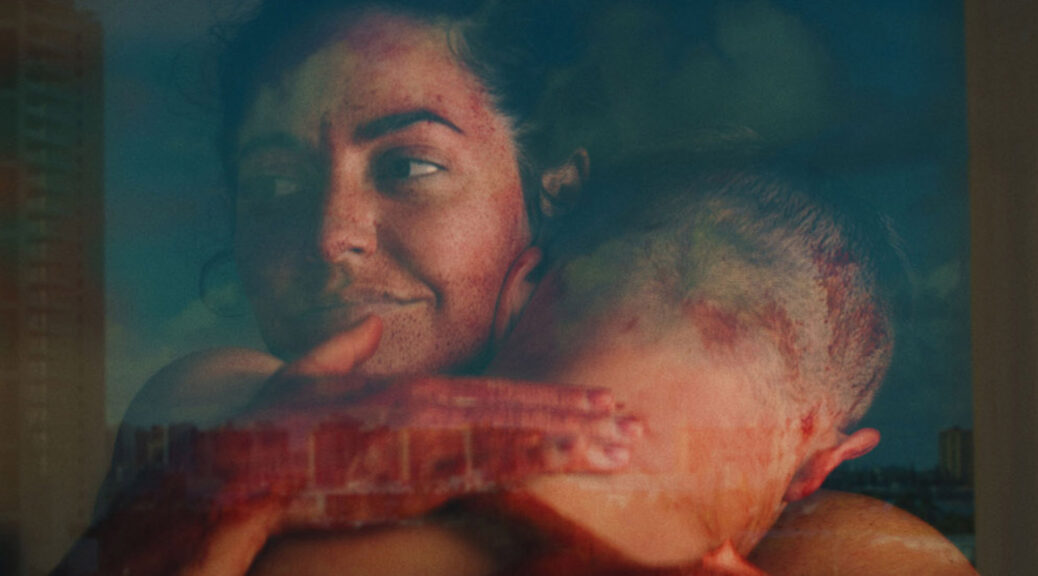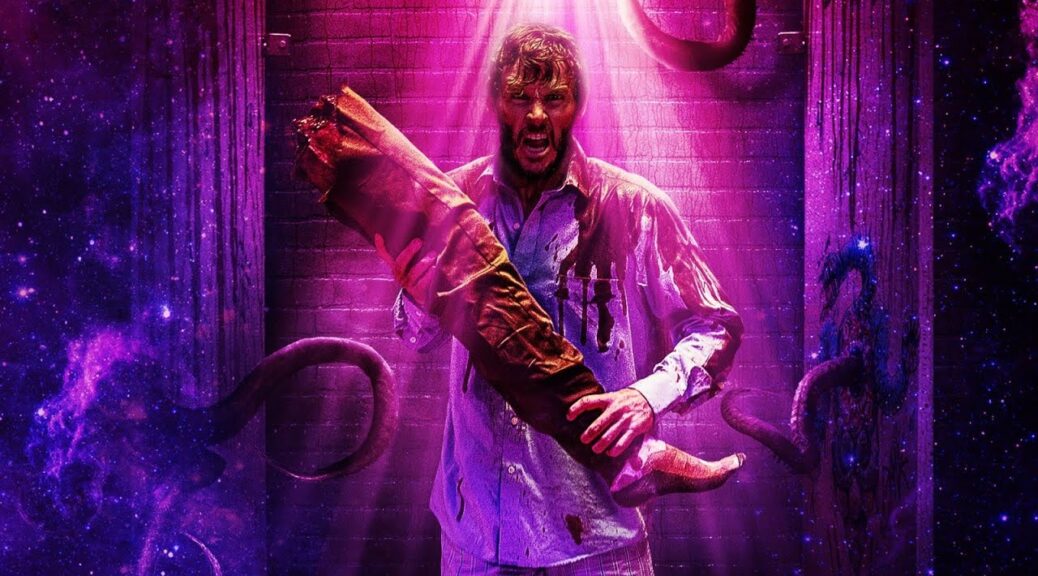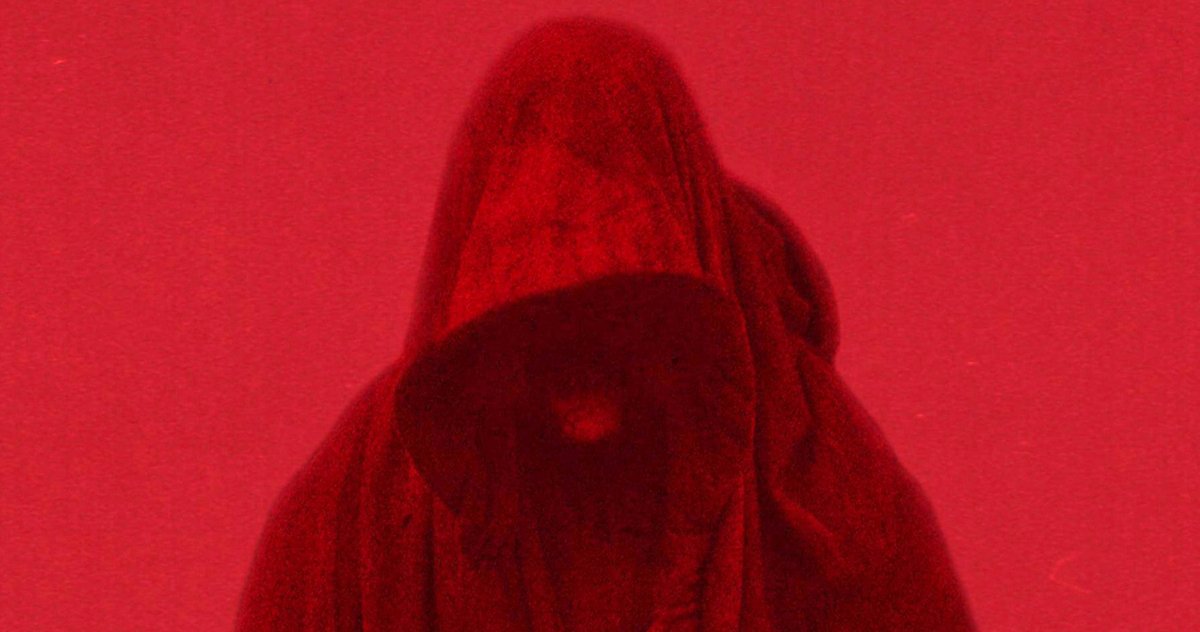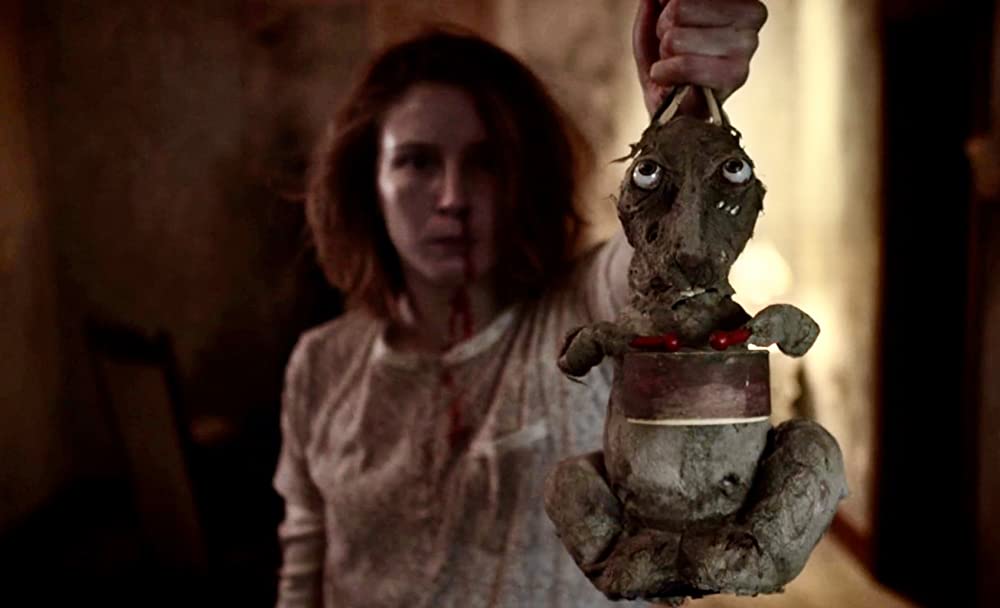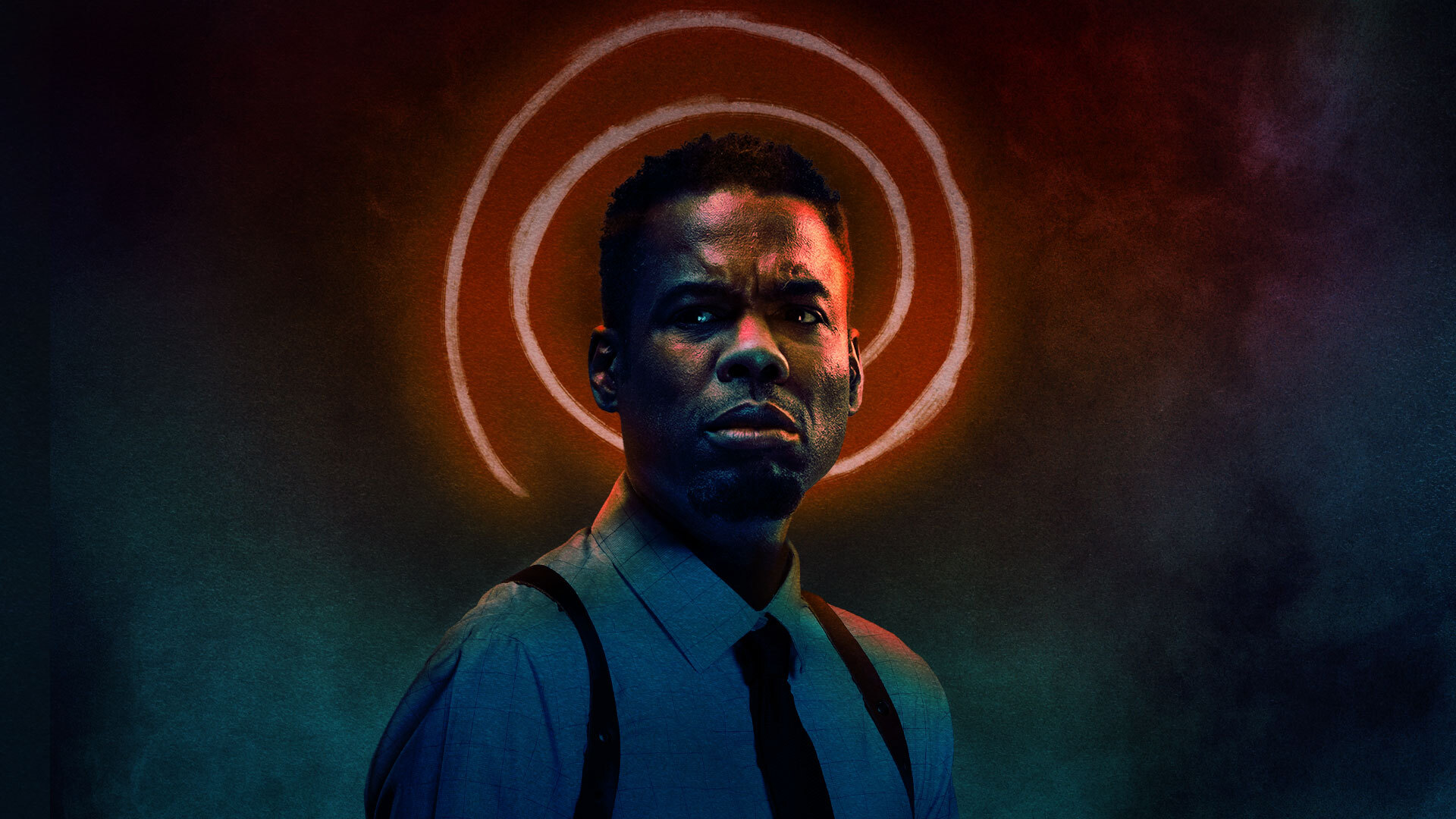Bloody Axe Wound
by Hope Madden
New to Shudder this week is Matthew John Lawrence’s (Peckerhead) charming dismantling of the slasher genre and insightful look at the impact of adolescence on the generations.
Bloody Axe Wound stars a spunky Sari Arambulo as Abbie Bladecut. Her family video store lives and dies on the movies they package and rent, slashers starring her dad, the infamous serial killer Roger Bladecut (Billy Burke under heavy prosthetics), slashing his way through their hometown’s high school students and campers alike.
But ol’ Roger’s getting old. Well, technically he died as a boy at that campground, but for decades he’s been a grown man haunting Lover’s Lane and other tropey spots, coming back from the dead whenever the adventure takes that turn. But lately, well, he doesn’t seem to be healing as quickly. He’s lost a step or two.
Perfect! Because Abbie’s ready to step in. Dad reluctantly, tentatively agrees, sending her to the town high school to make minced meat of the chosen clique. But Abbie soon realizes that these kids are not so bad.
The film delivers some honest moments, however comedically staged, about watching your child outgrow you, lose their need for you, see what used to be honored tradition as old fashioned nonsense in need of change. Bloody Axe Wound is sharpest when Lawrence and his game ensemble use the coming-of-age storyline to make points about horror movies, and slashers in particular.
Burke and Arambulo share a delightfully begrudging chemistry, and their scenes at home and at the video store are populated with genre-loving easter eggs that suit the meta undertaking.
Likewise, the cast of high school misfits—Molly Brown, Margot Anderson-Song, Taylor Watson Seupel and Eddie Leavy—create a warm friend group you can see wanting to hang out with.
The kills (and near kills) are often clever and the characterizations are funny. The film’s mythology gets mushy and the story comes to a close with more of a nod to horror tropes than an acknowledgment of the internal conflicts and genuine emotion the story built, but it’s still fun.




